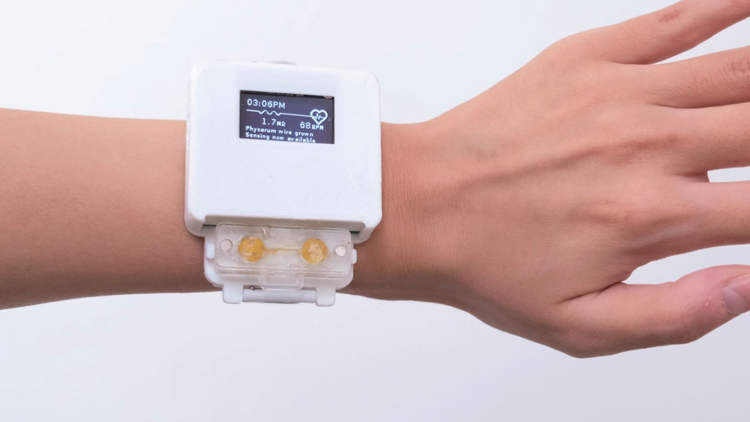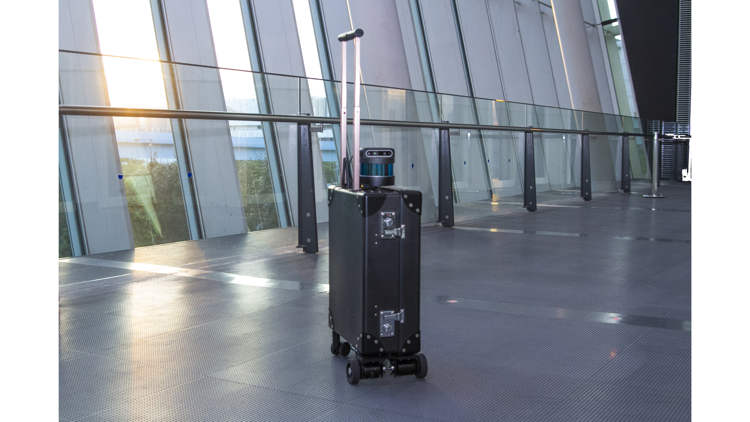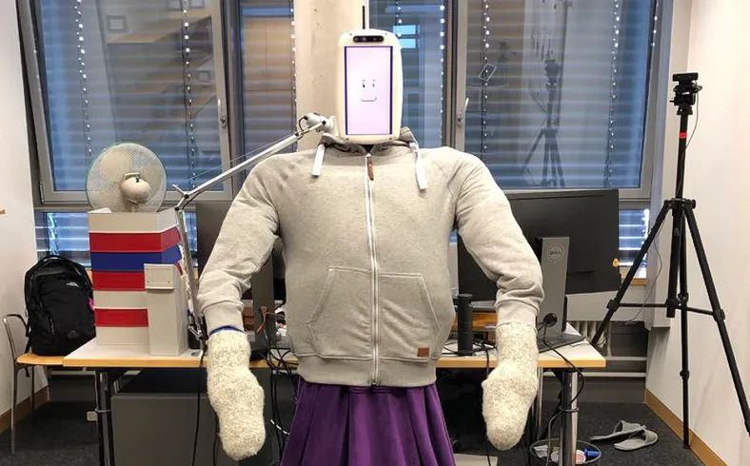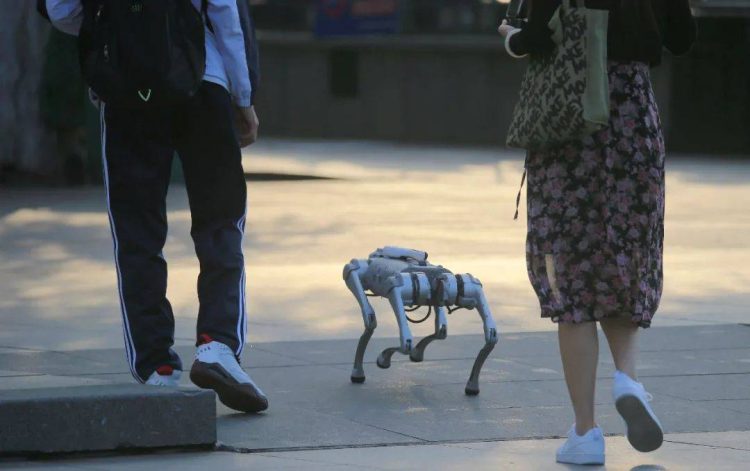The World’s Quietest Room Is a Scary, Unbearable Place

A chamber inside Microsoft’s Audio Lab holds the Guinness record for the world’s quietest room. It’s a strange place that reportedly causes people to start hallucinating. With everything moving at such a crazy pace in this day in age, we all crave a little peace and quiet from time to time, but it seems absolute […]
Real-Life T-1000 – Scientists Create Robot That Can Liquify Its Body and Then Resolidify

A team of scientists has created a tiny robot that can melt itself and then resolidify on command in order to pass through tight spaces. Remember Terminator 2’s terrifying antagonist, the advanced T-1000 shapeshifting android? It was made out of this liquid metal that allowed it to melt and then resolidify and cause all kinds […]
This Slime Mold-Powered Smartwatch Is Literally a Living Gadget

In an attempt to explore the relationships people have with their modern accessories like smartphones and smartwatches, researchers recently created a smartwatch powered by a living organism. Devices like smartphones, smartwatches, and laptops have become a part of our daily routine, and scientific experiments have shown that many people feel that they can’t function properly […]
Blind Computer Scientist Creates AI-Powered Suitcase For the Visually Impaired

AI Suitcase is a smart suitcase developed by a blind computer scientist to aid the visually impaired in navigating their surrounding more efficiently without the aid of white canes or guide dogs. 65-year-old Chieko Asakawa has been completely blind since she was only 14, following a tragic accident. A computer scientist and also the director […]
High-School Lights Have Been On 24/7 for Almost Two Years And No One Can Turn Them Off

A Massachusetts high school has been unable to turn off its smart lights system since August of 2021 when the software running failed. When Minnechaug Regional High School opted to have a smart lights system installed a decade ago, the goal was to save money and energy, but no one ever imagined that one day, […]
College Students Are Using AI-Powered Chat Bots to Cheat in School

A South Carolina college professor is sounding the alarm on the use of advanced chatbots powered by artificial intelligence by students to complete various assignments. Darren Hick, an assistant philosophy professor at Furman University, claims that one of his students used ChatGPT, an advanced AI-powered chatbot recently released by OpenAI and freely available to the […]
HuggieBot 3.0 – Robot Uses Science to Deliver the Perfect Hug

HuggieBot 3.0 is the third iteration of a robot designed by a team at the Max Planck Institute for Intelligent Systems to deliver the perfect hug. Hugging probably isn’t the first thing that comes to mind when thinking about things that robots could help humankind with, but a team of scientists at the Max Planck […]
Young Girl Who Lost an Eye in Car Accident Becomes Bionic Eye Master

A young Chinese woman who lost an eye in a serious car accident dedicated her life to creating prosthetic eyes that glow different colors. In 2013, Xia Tong lost one of her eyes in a car accident. She was only 18 at the time, and she had it replaced with a prosthetic eye. Instead of […]
Man Pays With His Forearm Thanks to Scannable Payment App Barcode Tattoo

A Taiwanese man has been getting a lot of attention on social media after getting a payment app barcode permanently tattooed on his forearm. The unnamed man recently took to the Taiwanese social media platform Dcard to share a functional barcode tattoo. Apparently, they had been contemplating getting a tattoo for a while, but they […]
This Company Creates the World’s Smallest TV Sets

TinyCircuits, a hardware company specializing in creating tiny electronic devices, recently unveiled the world’s smallest television sets. When it comes to modern TVs, the general consensus is that bigger is better, but one company is trying to prove that it can be successful by going against the trend. TinyCircuits, an open-source hardware company that makes […]
Robotics Startup Unveils the World’s Fastest Walking Shoes

A Pittsburgh-based robotics and engineering startup recently unveiled Moonwalkers, a pair of battery-powered shoes that it claims can boost walk speeds by up to 250%. At first glance, Moonwalkers look like a pair of futuristic rollerskates, but there is actually a lot more to them than that. You’re actually meant to walk with them the […]
This Political Party Is Led by an AI Entity

The Synthetic Party is a new political group in Denmark that is committed to following the platform thought up by an AI entity known as Leader Lars. Out of all the political parties eyeing a seat in the Danish Parliament this year, the Synthetic Party has to be the most intriguing, by far. Founded in […]
Walking Robot Dogs Is Apparently Becoming a Trend in China

Photos and videos of people walking futuristic robot dogs instead of actual canines have been going viral in China lately, signaling a trend among the younger generations. Robotic dogs inspired by the impressive creations of Boston Dynamics have been available on Chinese shopping platforms for a while now, but they’ve only recently started actually becoming […]
Spoons and Bowls That Use Electricity to Make Food Taste Saltier Go on Sale Next Year

Japanese researchers have created smart kitchenware that relies on electricity to make food saltier and tastier without adding any extra salt. Salt makes food taste so much better, but it’s also a very dangerous ingredient that, consumed in excess, can cause serious health problems like high blood pressure, heart disease and stroke. But what if […]
Chinese Company Appoints AI-Powered Virtual Robot as CEO

Chinese metaverse company NetDragon Websoft recently made history by appointing an AI-powered virtual humanoid robot as its CEO. The new AI-powered CEO, known as ‘Ms Tang Yu’, will reportedly be at the forefront of Fujian NetDragon Websoft’s “organizational and efficiency department”, overseeing operations at the technology company valued at almost $10 billion. The board of […]
